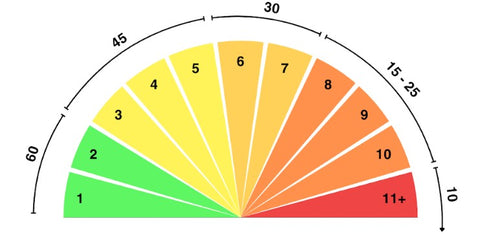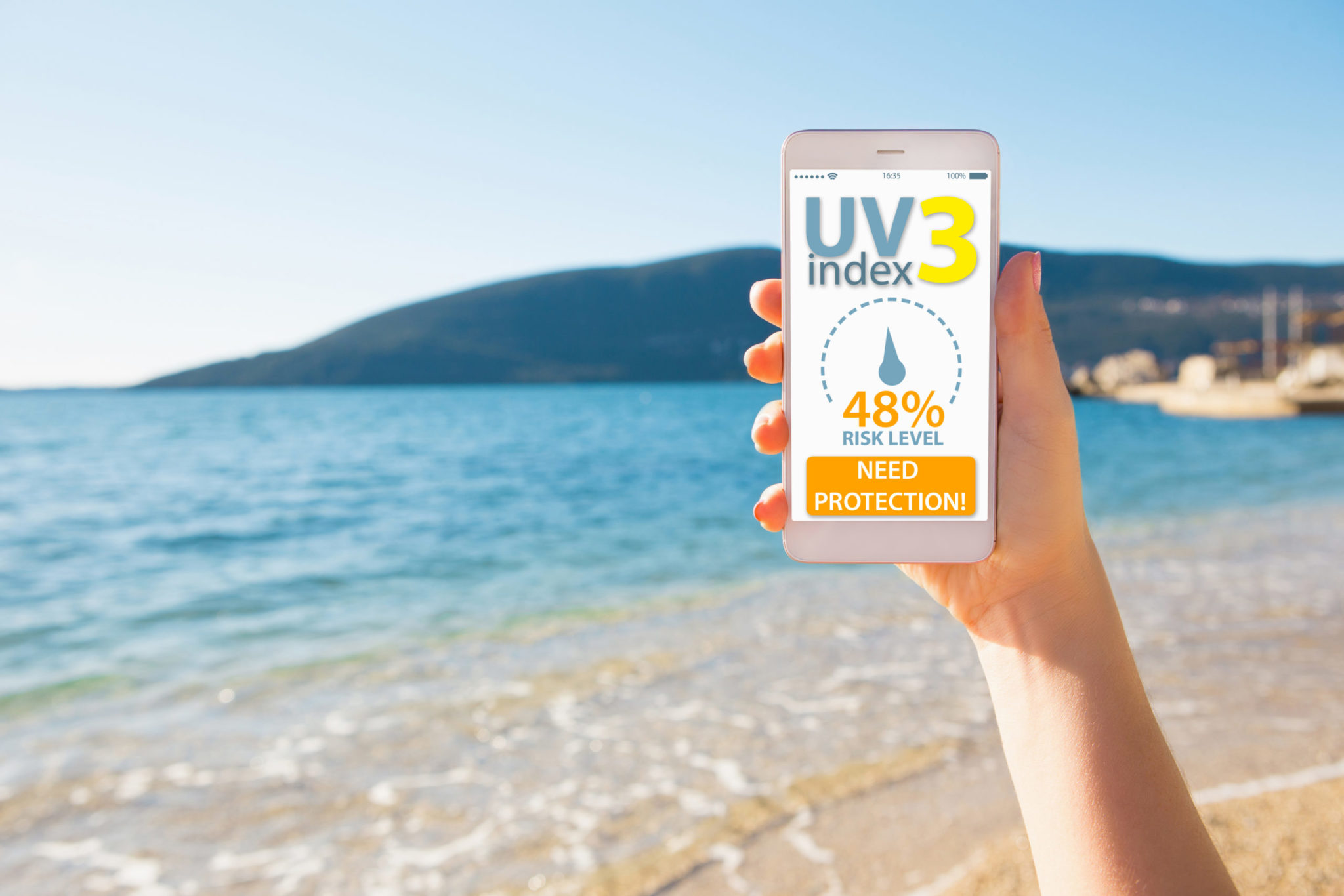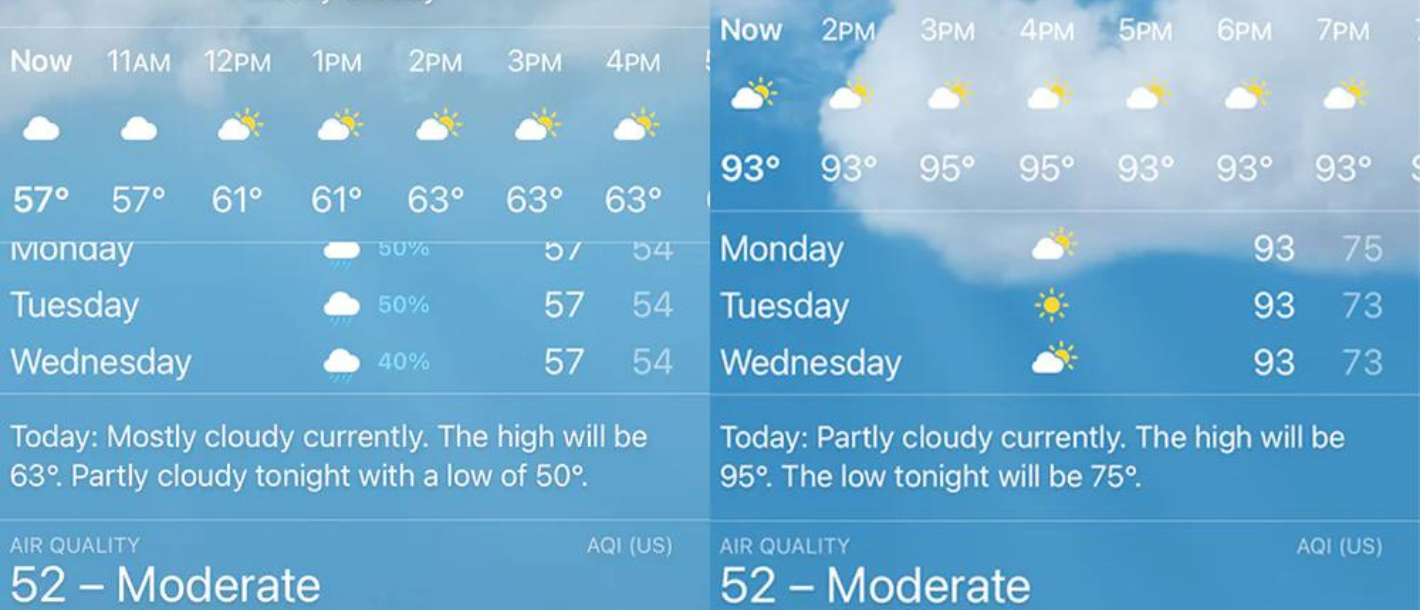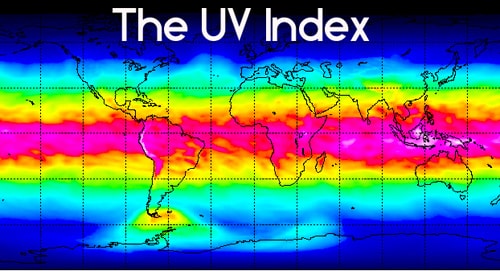The UV Index is a critical tool for anyone living in or visiting sunny areas like Long Beach, California. With its picturesque beaches, vibrant culture, and outdoor activities, understanding the UV Index can help residents and tourists alike protect their skin from harmful UV radiation. In this article, we’ll explore the UV Index in Long Beach in-depth, delve into local experiences, and equip you with the knowledge to enjoy the sun safely.
What is the UV Index?
The UV Index is a scale created by the Environmental Protection Agency (EPA) and the National Weather Service (NWS) to inform the public about the strength of ultraviolet (UV) radiation from the sun. It ranges from 0 to 11+, with higher values indicating a greater risk of harm from unprotected sun exposure. Understanding the UV Index can help you plan outdoor activities and protect yourself from skin damage.
How the UV Index is Measured
UV radiation is measured using a combination of weather data, atmospheric conditions, and solar angle. The following factors influence the UV Index:

- Time of Day: UV radiation is strongest between 10 AM and 4 PM.
- Season: UV Index levels are generally higher in the summer months.
- Location: Proximity to the equator increases UV exposure.
- Altitude: Higher altitudes receive more UV radiation.
- Ozone Levels: Lower ozone levels lead to higher UV radiation levels.
Understanding the UV Index Scale

| UV Index Value | Level of Risk | Recommended Actions |
|---|---|---|
| 0-2 | Low | Minimal sun protection needed |
| 3-5 | Moderate | Seek shade during midday; wear protective clothing |
| 6-7 | High | Limit sun exposure between 10 AM and 4 PM; use sunscreen |
| 8-10 | Very High | Take extra precautions; avoid being outside during peak hours |
| 11+ | Extreme | Stay indoors; minimize sun exposure |
UV Index in Long Beach: Monthly Overview

The UV Index in Long Beach varies throughout the year. Below is a general overview of the monthly average UV Index values:
| Month | Average UV Index |
|---|---|
| January | 2 |
| February | 3 |
| March | 5 |
| April | 6 |
| May | 8 |
| June | 9 |
| July | 10 |
| August | 9 |
| September | 7 |
| October | 5 |
| November | 3 |
| December | 2 |

Local Insights: Cultural Activities and UV Awareness in Long Beach
Long Beach is known for its beautiful coastline, outdoor festivals, and numerous cultural events. Common local activities include:

- Beach Days: Swimming, sunbathing, and beach volleyball are popular, especially during the summer months. With a higher UV Index, protective measures become crucial.
- Outdoor Festivals: Events like the Long Beach Jazz Festival and the Long Beach Pride Festival attract many visitors. Increasing awareness about the UV Index during these events is vital for participant safety.
- Water Sports: Surfing, paddleboarding, and sailing are popular activities where sun protection is important. Local businesses often promote UV safety through outreach programs.
Unique Ways to Stay Safe Under the Sun

While enjoying the sun in Long Beach, consider these local tips to protect yourself:
- Local Vendors: Purchase UV-protective clothing from local shops. Brands like Coolibar offer stylish options that are perfect for a day out.
- Community Events: Attend local health fairs or summer events focused on skin safety. These often feature free sunscreen samples and informative seminars.
- Social Media Awareness: Follow local health organizations on social media for UV Index updates and sun safety tips.

Understanding UV Protection: Products and Technologies
As the UV Index fluctuates, so does the need for effective protection. From sunscreen to protective clothing, the following products are essential for a day under the sun in Long Beach:

Sunscreen Products
Choosing the right sunscreen can significantly impact your skin health. Here’s a comparison of popular sunscreen types:
| Sunscreen Type | Pros | Cons |
|---|---|---|
| Chemical Sunscreen | Easy to apply; often lightweight | May irritate sensitive skin; requires reapplication |
| Physical (Mineral) Sunscreen | Effective immediately; less likely to irritate skin | Can leave a white residue; may require more effort to apply |
| Water-Resistant Sunscreen | Stays effective while swimming; great for active lifestyles | Not a long-term solution; still requires reapplication |
Protective Clothing
Another effective way to guard against UV exposure is through specialized clothing designed to block UV rays. Here’s how different fabrics compare:
| Fabric Type | UV Protection Factor (UPF) | Breathability |
|---|---|---|
| Denim | UPF 25-35 | Moderate |
| Lightweight Polyester | UPF 30-50 | High |
| Merino Wool | UPF 15-30 | High |
Technologies to Monitor UV Index
Staying updated on the UV Index in Long Beach can be made easier with technology. Here are some useful platforms and apps:
- EPA’s UV Index App: Provides real-time UV Index readings. Available on both iOS and Android.
- Weather Underground: Offers UV forecasts alongside standard weather data.
- AccuWeather: This app features UV Index alerts personalized to your location.
Comparison of UV Monitoring Applications
| App Name | Features | Platforms |
|---|---|---|
| EPA UV Index | Real-time index, safety tips | iOS, Android |
| Weather Underground | UV forecasts, community reports | Web, iOS, Android |
| AccuWeather | UV alerts, health recommendations | Web, iOS, Android |
Frequently Asked Questions (FAQs)
What is a safe UV Index level for outdoor activities in Long Beach?
A UV Index of 3 or lower is generally considered safe for outdoor activities. It’s advisable to take precautions if the UV Index is 4 or higher, especially between 10 AM and 4 PM.
How can I effectively protect my skin from UV rays?
Use a broad-spectrum sunscreen with an SPF of at least 30, wear protective clothing, seek shade when the sun is strongest, and reapply sunscreen every two hours.
Is there a difference in UV protection between chemical and mineral sunscreens?
Yes, chemical sunscreens absorb UV radiation and convert it to heat, while mineral sunscreens physically block UV rays from penetrating the skin.
Are there specific times of year when the UV Index is particularly high in Long Beach?
Yes, the UV Index tends to be highest in the summer months, especially from May to August, making sun protection particularly important during these times.
For more detailed UV Index data in Long Beach, you can visit the EPA’s UV Index page for updates and safety tips.
Conclusion
Understanding the UV Index is essential for enjoying the sunny beauty of Long Beach while keeping your skin safe. By monitoring the UV Index, utilizing protective products, and participating in local awareness initiatives, you can make the most of your outdoor experiences. Stay safe, enjoy the sun, and make the most of your time in beautiful Long Beach!